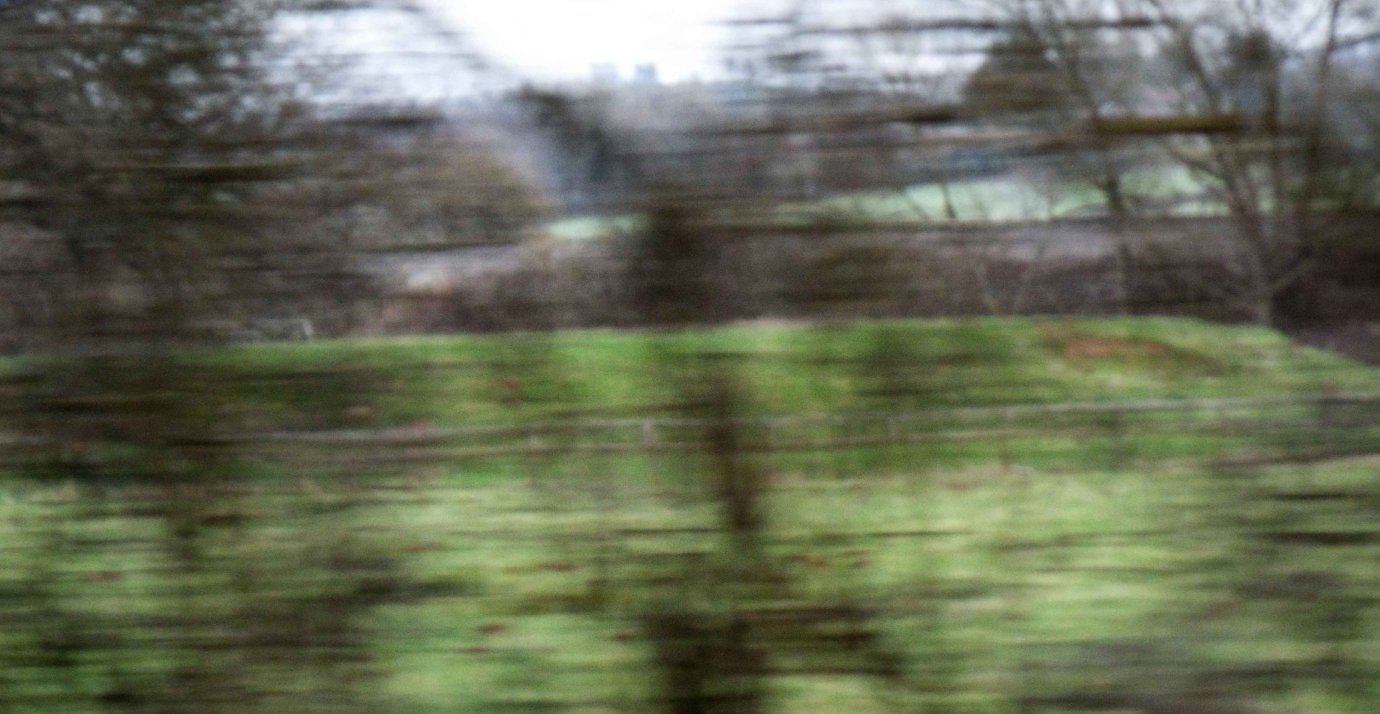Howton
The castle would seem to have been in existence by 1052 if it is
the castle of Hugh, a man of Osbern Pentecost of Ewias Harold. Florence of Worcester
(d.1118), who was probably born in the 1040s and wrote in the early
1100s using a probably lost Anglo-Saxon Chronicle as his source, wrote of the return of Earl Godwin from exile in 1052:
All the Normans who had instituted
unjust laws
and given unjust judgements and in many things had influenced the king
to the disadvantage of the English were expelled. However a few
of them, namely Robert the Deacon, and
his son-in-law Richard Fitz Scrope, Alfred, the king's master of horse,
Aufrid, surnamed Ceokesfot, and some others whom the king loved more
than the rest... were allowed to remain... Truly Osbern, surnamed
Pentecost, and his companion Hugh, surrendered their
castles, and had licence from Earl Leofric to pass through his earldom
to Scotland, where they were received by King Macbeth
of the Scots.
There
seems little doubt from the above that at least 3 castles existed
in England in 1052, Robert's castle, Pentecost's castle and Hugh's
castle. Most likely these were Clavering, Ewias Harold and Howton, which would appear to be a contraction of Hugh's town.
Osbern and Hugh's Scottish expedition did not end well, for both were
killed in 1053 fighting for Macbeth. Their castles in
Herefordshire would seem to have been abandoned in 1052 when they fled
the country. Although Ewias Harold was rebuilt after the Norman Conquest of 1066, Howton appears to have remained derelict to the present day.
Description
Howton mound stands 9 miles south-west of Hereford and 1½ miles
from Ewias Harold castle. This low motte has a basal diamater of
160', a summit diameter of 100' and a height of just 8', with the
waterlogged remains of a ditch around it, now only about 1' deep.
The mound was cut into in 1906 'with no definite result'.
Presumably this means that the mound never carried masonry and
was not a sepulchre.
Copyright©2021
Paul Martin Remfry

